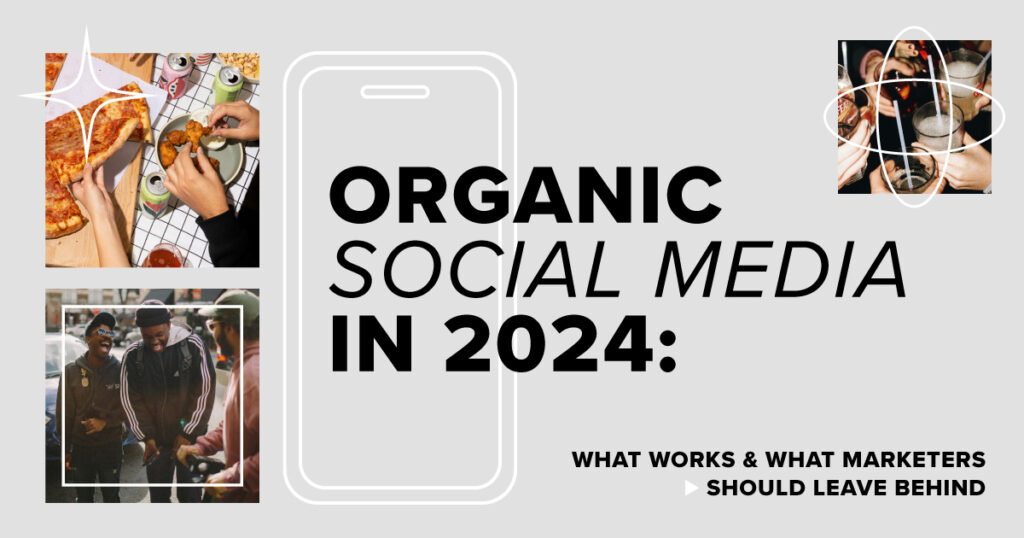La capsula Informativa: Organic Social Media in 2024: What Works & What Marketers Should Leave Behind

While it’s important to trust the data to understand what’s working best for your brand, here are a few considerations we always recommend keeping in mind:
Quality over quantity
We’ve said it before, and we’ll say it again: Every post on social media should serve a purpose. Gone are the days of publishing content for the sake of “feeding the machine” and staying visible on platforms. Most algorithms have adapted to favor high quality content, but it’s important to remember when you’re creating quality content with your audience in mind, that’s the best way to expand reach and engagement. Authentic content always wins.
Audit strategies like reviewing competitors’ posting cadence across channels can inform your brand’s approach, but overall, committing to a few solid posts a week across key platforms is more beneficial than trying to publish something every day.
Scale back your publishing cadence to only include the highest quality content, measure performance for at least 30 days and see how metrics like average engagement rate improve. While total impressions and engagements may decrease due to lower volumes of content, if metrics measuring the average engagement and reach increase that’s a strong indicator that the shift is resonating with your audience.
Prioritize platforms
According to Hootsuite, 58% of marketers feel the pace at which social networks release new user and advertising features makes it hard to keep up. Sound familiar? As a social media manager, you know the challenge of adapting content to cater to each platform’s unique audience preferences and format requirements.
We recommend adhering to a quality over quantity approach when it comes to content, and the same should be said for social media platforms. The same survey from Hootsuite found that the majority (60%) of organizations have a presence on X (Twitter), but only a third of them feel strongly that it benefits their business—which might explain the 7% drop in brand use.
Rather than spending time and resources on platforms that are no longer fueling results for your brand, prioritizing the platforms that have the most impact is where our energy should be in 2024. Looking to determine which platforms may no longer make sense? Here are a few things to consider:
- Where is your largest audience?
- Do you get significantly higher reach and engagement on certain platforms?
- Do you get more comments on one platform vs. others?
- What platforms are serving as top referral sources to your website?
- Before jumping to a new platform, ask yourself: is my audience really choosing that platform over the others our brand is currently active on?
Find the human angle
Last, but certainly not least, embracing social media’s ability to connect people is critical. Regardless of your industry or brand, there is a human component that can be pulled out for social media. While it seems simple to incorporate more people into your social content, we find that our clients who empower us to take this approach stand out among the competition and see improvements in overall performance.
Whether it’s recognizing employees and their work behind the scenes or spotlighting customers and how your product or service benefits them, finding the human angle makes content relatable and interesting.
As a tech company, you can say you have the best product, but what sets you apart from the competition? As a nonprofit, you can say there is need across your communities and your organization is there to help, but what does that look like? Creating strong visuals of your team in action or showcasing the experts is ultimately what stops the scroll and drives consideration from your audience.



